
Building a Successful Brand Community: A Beginner’s Guide
Apr 08, 2025 4 Min Read 3158 Views
(Last Updated)
Building a community around your brand in the competitive digital marketing domain is more crucial than ever. Brands are no longer just entities that sell products or services; they are communities that foster relationships, loyalty, and engagement. Have you ever imagined having a group of customers who are not just buyers but advocates, contributors, and supporters of your brand? This is the power of a brand community.
A brand community is a group of customers who are connected to your brand and each other, creating a loyal and engaged audience. This community can drive brand loyalty, enhance customer experience, and provide valuable insights.
It goes beyond traditional marketing by creating an ecosystem where your audience feels connected, valued, and invested in your brand’s success. In this blog, we will explore the essential steps and strategies to build a thriving brand community from scratch, transforming your customers into an engaged and loyal tribe.

Table of contents
- Steps Involved in Building a Successful Brand Community
- Identifying Your Target Audience
- Engaging with Your Audience
- Create Valuable Content
- Personalize Interactions
- Build Trust and Loyalty
- Leverage the power of Social Media
- Host Events and Activities
- Utilize Community Management Tools
- Analyze Community Data
- Overcoming Community Management Challenges
- Low Engagement
- Negative Feedback
- Resource Constraints
- Maintaining Consistency
- Scaling the Community
- Balancing Community and Business Goals
- Wrapping Up
- FAQs
- How are brand communities formed?
- What does it mean to build a brand community?
- What types of content are best for engaging my community?
Steps Involved in Building a Successful Brand Community
Let’s dive in! The steps in this guide will provide you with actionable insights and practical tips to create a brand community that stands the test of time.
Before we move to the next part, Gain a deeper knowledge of business analytics and digital marketing concepts. You can consider enrolling yourself in GUVI’s Business Analytics and Digital Marketing Course, which lets you gain practical experience by developing real-world projects and covering technologies including Power BI, Excel, SQL, Tableau, Data Visualization, etc.
Additionally, if you would like to explore Marketing Research Techniques through a Self-paced course, try GUVI’s Marketing Research Techniques certification course.
Identifying Your Target Audience
To build a successful brand community, you need to understand who your audience is. Start by conducting thorough research to gather data on demographics, interests, and behaviors.
Use this data to create detailed buyer personas that represent different segments of your audience. These personas help you tailor your content and engagement strategies to meet their needs and preferences.
Also Read: How To Boost Engagement With Interactive Content? 7 Best Methods to Follow
Engaging with Your Audience
Once you know who your audience is, the next step is to engage with them. Use tools like social media analytics, surveys, and feedback forms to understand their needs and preferences.
Engage in conversations, respond to comments, and show that you value their input. This builds a sense of belonging and trust within your community.
Create Valuable Content
Creating valuable content is key to building and sustaining a brand community. Share content that is informative, entertaining, and relevant to your audience. This can include blog posts, videos, infographics, podcasts, and more. Content that addresses your audience’s pain points and interests will resonate with them and encourage engagement.
Encourage your community members to create content related to your brand. User-generated content (UGC) is highly valuable as it builds authenticity and trust. You can prompt UGC by creating challenges, contests, or simply asking your community to share their experiences with your products or services. Highlight and share this content on your platforms to show appreciation and foster a sense of community.
Read More: Top 10 Video Marketing Strategies for Brands
Apple’s community of loyal fans is a testament to the power of brand communities. Through forums, events, and exclusive content, Apple keeps its community engaged and connected.
Personalize Interactions
Personalization is a powerful tool for building relationships within your community. Address your audience by their names, acknowledge their contributions, and tailor your messages to their preferences. Use email marketing tools and CRM systems to manage personalized interactions efficiently.

Build Trust and Loyalty
Trust is the foundation of any strong community. Be transparent, consistent, and responsive. Address concerns promptly and honestly. Reward loyalty through exclusive offers, early access to products, or special events. Recognizing and rewarding your community members’ contributions fosters a sense of loyalty and belonging.
Leverage the power of Social Media
Not all social media platforms are created equal. Choose the platforms where your target audience is most active. For instance, Instagram and X are great for visual content and younger audiences, while LinkedIn is ideal for B2B engagement and professional communities.
Develop a social media strategy that aligns with your brand’s goals and audience preferences. Plan your content calendar, set clear objectives, and use analytics to measure performance. Successful social media strategies often include a mix of promotional content, educational posts, user engagement activities, and interactive elements like polls and live sessions.

Also Read: 10 Best Business Analytical Tools for Digital Marketing
Host Events and Activities
Online events such as webinars, live Q&A sessions, and virtual meetups can significantly boost community engagement. They provide a platform for direct interaction and knowledge sharing. Plan these events carefully, promote them across your channels, and make sure they offer value to your community members.
While online events are convenient, offline events like meetups, workshops, and product launches offer a personal touch. They provide an opportunity for face-to-face interactions, deepening the connection with your brand. Even in a digital age, offline events play a crucial role in community building. During such interactions, making networking seamless is key. Tools like Uniqode’s business card allow attendees to instantly share their contact information digitally via QR codes—no paper required.
Utilize Community Management Tools
Managing a community can be challenging, but various tools can help. Platforms like Hootsuite, Sprout Social, and Discord offer features for community management, content scheduling, and engagement tracking. Choose tools that fit your specific needs and make community management more efficient.
Analyze Community Data
Data analysis is crucial for understanding your community’s behavior and preferences. Use analytics tools to track engagement, identify trends, and measure the effectiveness of your strategies. Regularly review this data to refine your approach and ensure that you are meeting your community’s needs.
Nike’s running clubs and training programs have created a community of fitness enthusiasts who support and motivate each other.
Explore: 8 Best YouTube Channels to Learn Digital Marketing
Overcoming Community Management Challenges
Building and managing a brand community comes with its challenges. Here are some common issues you might face and practical solutions to overcome them:
Low Engagement
Getting members to actively participate and engage with your content can be difficult, especially in the early stages. Create compelling and interactive content that resonates with your audience’s interests.
Utilize polls, quizzes, and interactive posts to spark conversations. Regularly ask for feedback and act on it to show that you value their opinions.
Know About Brand Storytelling in the Digital Age: Creating Compelling Content from Scratch
Negative Feedback
Negative comments and feedback are inevitable, and how you handle them can make or break your community. Address negative feedback promptly and constructively.
Acknowledge the issues raised, provide solutions, and take the conversation offline if necessary to resolve conflicts. Use negative feedback as an opportunity to improve your products or services and demonstrate your commitment to customer satisfaction.
Resource Constraints
Managing a community effectively requires time, effort, and resources, which can be overwhelming for small teams. Leverage community management tools like Hootsuite, Sprout Social, and Discord to automate and streamline tasks.
Delegate responsibilities among team members and consider involving community champions—loyal members who can help moderate and engage the community.
Maintaining Consistency
Consistently engaging with your community and maintaining a regular content schedule can be tough. Develop a content calendar and plan your posts. Use scheduling tools to automate posts and ensure a steady flow of content. Consistency builds trust and keeps your community members engaged and coming back for more.
Must-Read: Digital Marketing Best Practices
Scaling the Community
As your community grows, managing and maintaining the same level of engagement and personal touch can become challenging.
Implement scalable strategies like segmenting your audience for more targeted interactions and using advanced analytics to monitor and understand community dynamics. Invest in scalable tools and platforms that grow with your community.
Balancing Community and Business Goals
Balancing the needs and interests of your community with your business objectives can be tricky. Align your community goals with your business goals from the outset.
Communicate openly with your community about your business objectives and how their participation helps achieve mutual success. Ensure that your community-building efforts add value to both your audience and your brand.
Read More: 8 Best Digital Marketing Courses for Everyone
Wrapping Up
Building a community around your brand is not just a strategy; it’s a journey of fostering genuine relationships and creating a sense of belonging. Successful brand communities are built on trust, authenticity, and consistent value. Whether you’re hosting events, leveraging the right technology, or learning from successful case studies, each step you take strengthens the bond between your brand and its community.
The rewards of a vibrant brand community are loyalty, advocacy, and sustained growth. Of course, these are well worth the effort. So, start small, stay engaged, and watch your community flourish, turning your brand into not just a name, but a cherished part of your audience’s lives.
Also Explore Best Practices in Motion Graphics for Brand Identity To Follow
Kickstart your career by enrolling in GUVI’s Business Analytics and Digital Marketing Course where you will master technologies including Power BI, Excel, SQL, Tableau, and Data Visualization, and build interesting real-life business-analytics projects.
Alternatively, if you want to explore Marketing Research Techniques through a Self-paced course, try GUVI’s Marketing Research Techniques certification course.
FAQs
Brand communities are formed by fostering genuine connections between the brand and its customers through consistent engagement, valuable content, and shared interests. This involves understanding your audience, encouraging user-generated content, hosting events, leveraging social media, and building trust and loyalty over time.
A brand community is a group of customers who are connected to a brand and each other, often through shared interests and values. Building brand communities helps engage with a loyal audience for your brand.
Content that is informative, entertaining, and relevant to your audience’s interests and needs is best for engaging your community. This can include blog posts, videos, infographics, and more.




















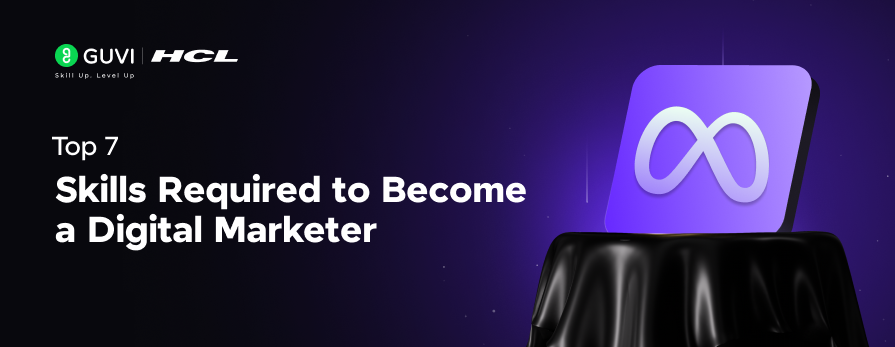
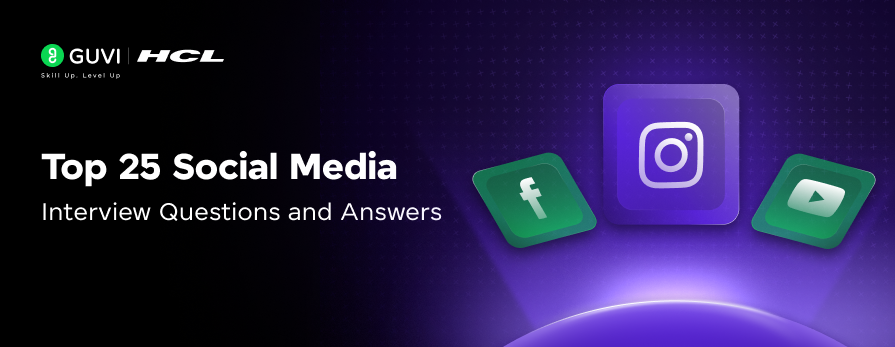
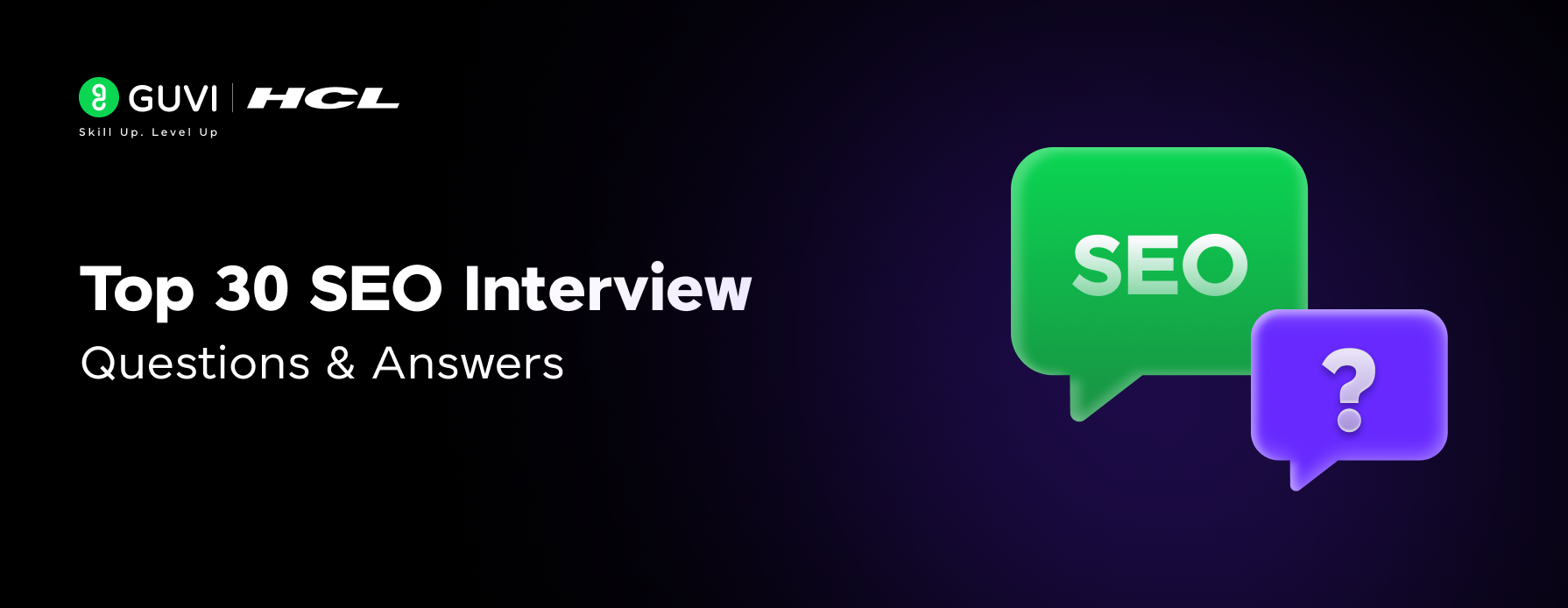
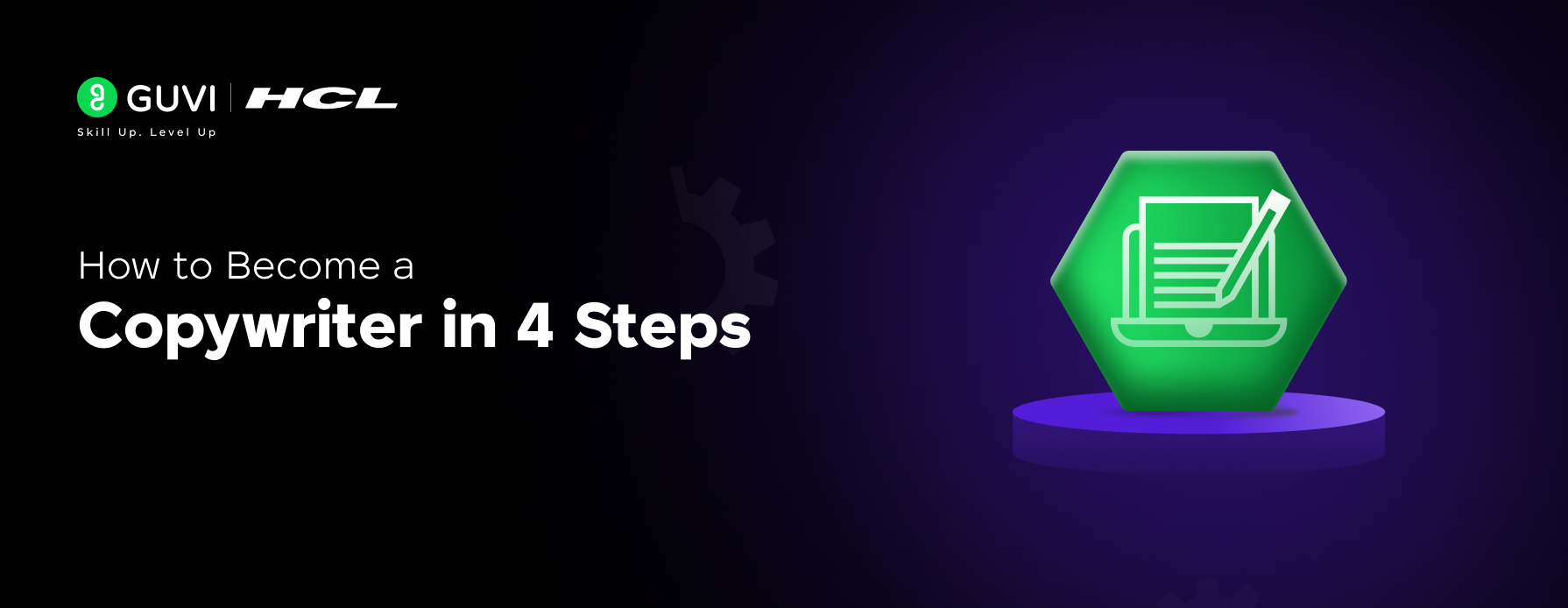
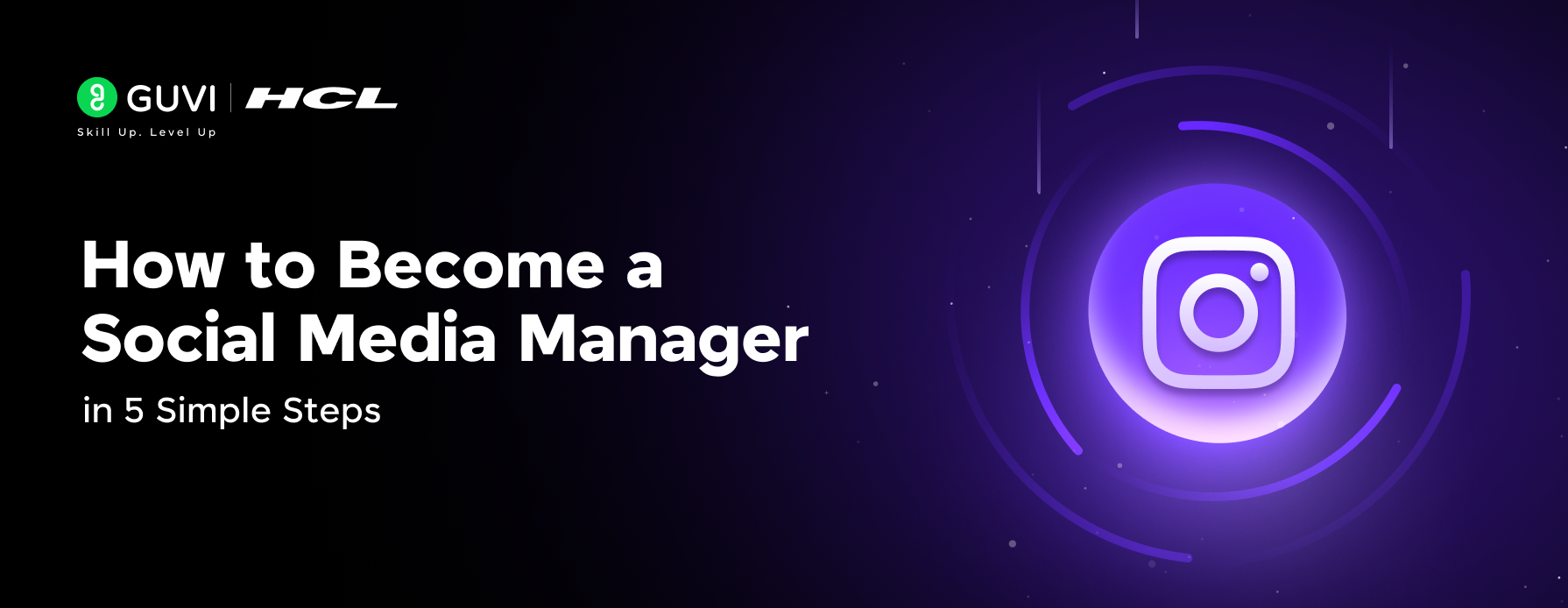
![How to Switch from Sales to Digital Marketing: A Beginner's Guide [2025] 10 sales to digital marketing](https://www.guvi.in/blog/wp-content/uploads/2025/01/How-to-switch-your-career-from-Sales-to-Digital-Marketing.png)
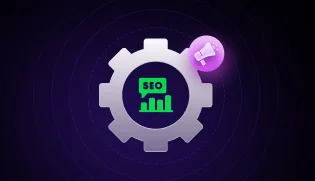
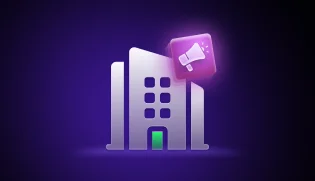
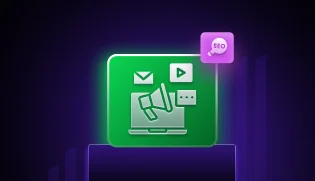

Did you enjoy this article?